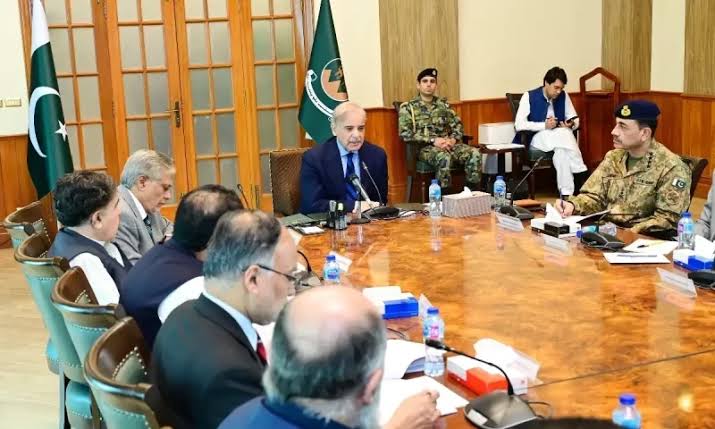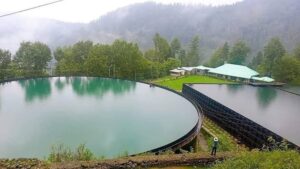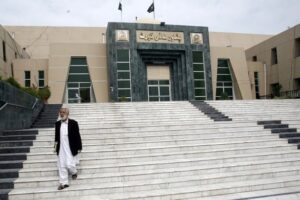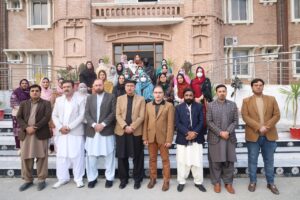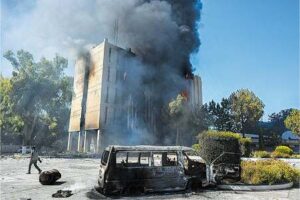PESHAWAR – In Islamabad’s power corridors, where crisis meetings are routine and resolutions often short-lived, Pakistan’s political crisis continues to cast a long shadow. Prime Minister Shehbaz Sharif convened yet another high-level session — one that, on paper, tackled terrorism, smuggling, street begging, and safe city projects. But beneath the formal agenda, an unspoken urgency hung in the air — the need to finally lay a straight first brick in a nation wobbling on decades of misalignment.
“Terrorism,” Shehbaz declared, “will be uprooted. We are engaged in a national jihad against these enemies of humanity. We will defeat them so decisively that they won’t dare look at Pakistan again.”
The rhetoric was firm, the resolve apparent. Yet behind the forceful words lies a deeper national malady — one that no border fence or military operation can resolve: Pakistan’s political crisis has festered into paralysis and societal unease.
In the prime minister’s brief but pointed allusion to the real root of unrest, one could sense an acknowledgment — albeit veiled — that the crisis Pakistan faces isn’t just external. It’s internal. The growing public frustration, the diaspora’s worried voices, the endless debates on news channels, and the polarizing slogans from street corners to social media — all stem from a singular wound: political disunity.
Every citizen, every party, every institution seems to be both culprit and victim in a cycle of blame. Everyone seeks an exit, but Pakistan’s political crisis is now parked at a cul-de-sac — a place with no way forward, and no graceful way back.
The meetings continue, as they always do. But actions rarely follow. Promises gather dust in official minutes, while the nation waits for a sign — not of power, but of maturity.
For Pakistan’s political factions, the time has come to reimagine their roles. Flexibility, empathy, and compromise are no longer signs of weakness — they are survival tools. If even a glimmer of reconciliation remains, now is the time to find it.
The alternative is stasis — a national freeze where nothing moves, and everything erodes. Every policy, every reform, every development plan will be hostage to this deeper dysfunction unless leaders treat the disease, not just the symptoms.
Recent efforts, though modest, offer a flicker of possibility. Nawaz Sharif’s outreach on Balochistan helped end a long protest. Sindh’s reservations over water canal projects, if addressed sincerely, can prevent further alienation. In Khyber Pakhtunkhwa, serious objections to mineral laws must not be dismissed — they deserve national attention and credible assurances from figures who command trust across divides.
The stakes are high. Push too hard, ignore too long, and even the relatively calm provinces could echo Balochistan’s unrest. Despair is contagious. So is defiance.
The country teeters on a threshold. Not of collapse — but of transformation. Either it will forge a new consensus, built on respect and shared stakes, or it will keep reliving the same cycles of reaction and resistance.
The first brick, as they say, must be laid straight. Prime Minister Shehbaz Sharif has gestured toward unity. The question is whether the next steps will follow — not just from him, but from every corner of power. The road to stability begins not with grand speeches, but with difficult conversations, honest intentions, and the courage to move from posturing to partnership.
Only then can Pakistan hope to move — from paralysis to possibility. From noise to nationhood. Because until the first brick is set right, Pakistan’s political crisis will continue to shake the very foundation of the country’s future.

